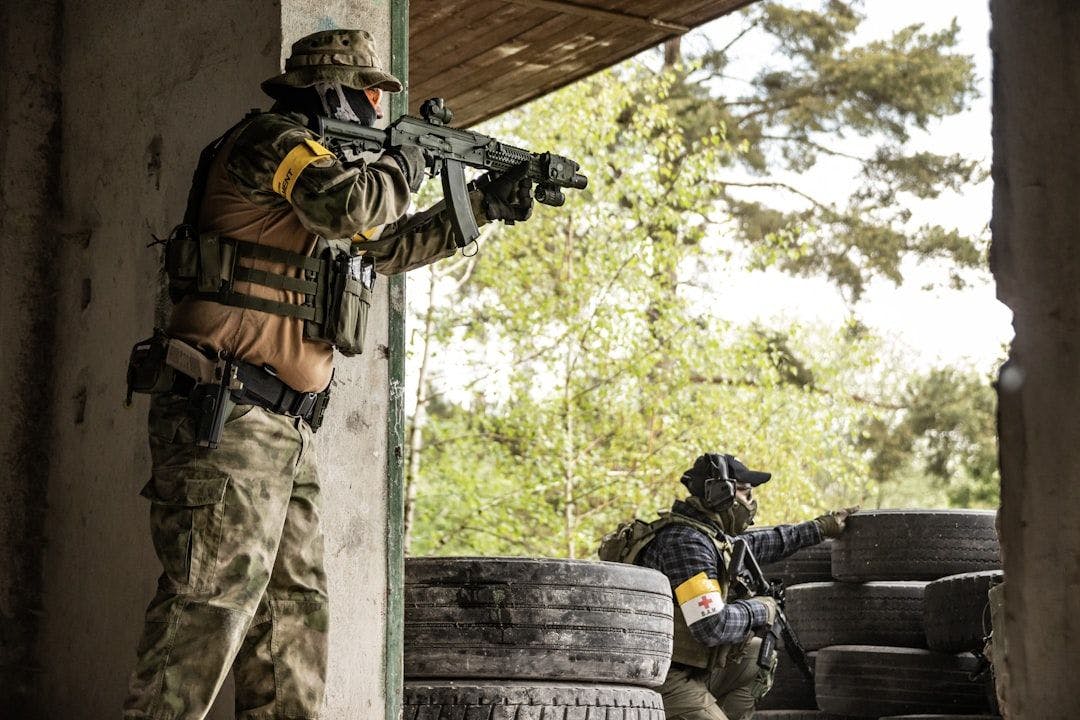Wars, and the armies that fight them, once relied on manpower, tanks and artillery to get the job done. But war has changed, and, along with it, or perhaps the reason for it, advanced technology now reigns supreme.
AI-powered autonomous drones are now leading militaries into a new era of warfare, transforming battlefields into larger battle zones, with unprecedented precision, scalability, and complexity. Unmanned aerial vehicles (UAVs), equipped with artificial intelligence (AI) and machine learning (ML), can navigate, identify targets, and execute strikes with minimal human intervention. Today, their use spans military operations, surveillance, and reconnaissance, making them a cornerstone of modern defense strategies.
Looking at the two major wars today taking place between Russia and Ukraine, as well as Israel and Iran, we are witnessing how AI-driven drones are reshaping how wars are fought, how nations engage in combat, and how tactical advantages and disadvantages have changed.
The Russia-Ukraine conflict serves as a perfect real-world example of how AI-powered drones have been integrated into active combat scenarios. The fact that both sides have been using drones to offset lack of manpower and resources, marks this conflict as the world’s first large-scale drone war.
Immediately after Russia’s attack in February 2022, Ukraine rapidly scaled its drone capabilities to counter Russia’s manpower and resource advantages. Ukraine deployed AI-enabled drones for reconnaissance and precision strikes, as well as to counter Russian systems.
A notable operation, codenamed “Spiderweb,” saw Ukraine use AI-powered drones to strike Russian airfields thousands of kilometers away, damaging or destroying over 40 strategic bombers. These drones switched to autonomous mode when jammed, following preplanned routes to hit targets with precision. Ukraine’s focus on long-range strike drones, with production goals of 30,000 units in 2025, has allowed it to disrupt Russia’s energy industry and military logistics, leveling the playing field despite limited Western support for deep strikes.
At the same time, Russia has also advanced its AI drone capabilities – often with Iran’s assistance. The Lancet-3 and V2U drones feature autonomous target recognition. Russia’s Geran-series drones, based on Iran’s Shahed-136, are used for long-range strikes, launching hundreds nightly to overwhelm Ukrainian air defenses.
The conflict has exposed challenges for both sides. Ukraine struggles with production financing, while Russia faces issues with autonomous targeting reliability.
In the escalating Israel-Iran conflict, AI-powered drones have played a pivotal role in covert and high-precision operations, showcasing their strategic value in asymmetric warfare.
Israel’s war against Iran began with swarms of small, explosive drones, pre-positioned inside Iran by agents, targeting air-defense radars and communication nodes. These AI-driven drones, operating autonomously to evade Iran’s multilayered defenses, created confusion and opened gaps for follow-on strikes by F-35 jets.
Israel’s use of drones extends beyond Iran. In Gaza and Lebanon, AI-guided systems like the IAI Harop have been employed for precision strikes.
For its part, Iran is a pioneer in low-cost drone technology and has deployed AI-enhanced drones in its proxy conflicts and direct operations. The Shahed-136, exported to Russia and used by groups like the Houthis, features basic AI for navigation and targeting, allowing it to strike at ranges up to 1,500 kilometers. In April 2024, Iran launched 300 drones against Israel, though most were intercepted. Iran’s systems appear to lag behind Israel’s in sophistication, relying heavily on quantity over precision. Israel’s high-tech, covert approach contrasts with Iran’s mass-production strategy, yet both exploit autonomy to extend battlefield reach.
What’s clear is that AI-powered drones are reshaping warfare worldwide. China is also developing AI-augmented drone swarms, tested for autonomous assaults, while Taiwan has looked to Ukraine for inspiration to close its drone gap with Beijing. Judging by the two aforementioned wars taking place today, these drone systems will almost certainly dominate potential future conflicts in the Indo-Pacific.
AI-powered autonomous drones are no longer a futuristic concept but a present reality, driving innovation and destruction across battlefields. The lessons from Ukraine, Iran, and beyond will shape not only current conflicts but also the future of warfare, where AI drones may well dictate the terms of victory.











